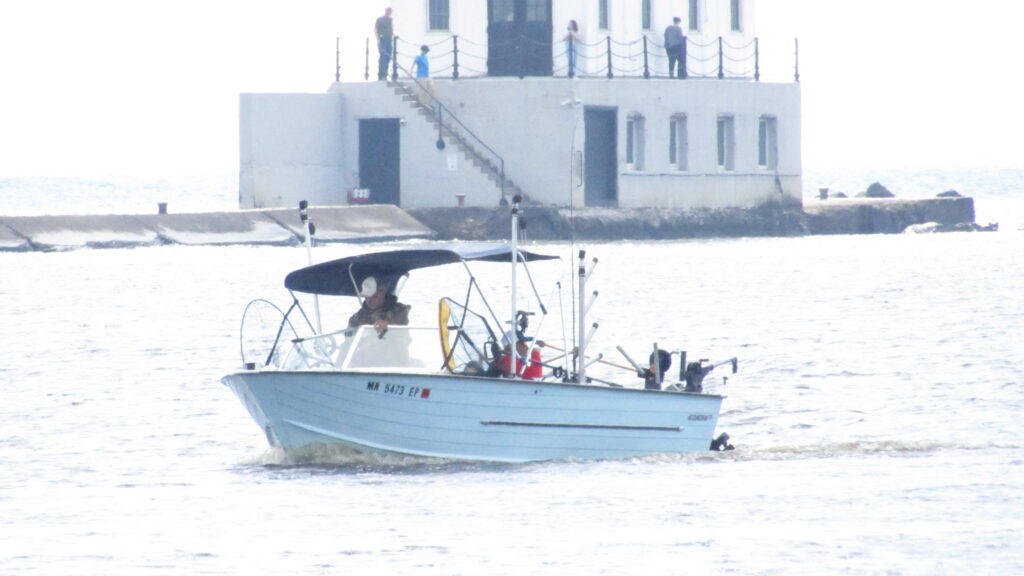Wake Boats and Lakes: Updated Report from Wisconsin’s Green Fire
WI Green Fire, May 2, 2024
Publication Update!
May 2024 update to our special report: “The Effects of Wake Boats on Lake Ecosystem Health: A Literature Review.”
Over the past two months, our team has been updating our literature review on wake boats and lakes. We initially published a version of this report in February 2024. Shortly afterwards, we realized the need for some important additions and revisions. We provide a summary of those changes below.
Read the updated report here.
In this literature review, we provide science-based information on both our current understanding of how wake boats effect lake ecosystems, as well as known gaps in the scientific literature. Our intention is for this document to help communities make informed science-based decisions, but not to specifically tell communities what to do. We see this document as a complement to complex ongoing work to protect lakes around Wisconsin.
We draw on research and sources from many locations, but which we feel is relevant to conserving Wisconsin’s lakes. We wish to emphasize that this review does NOT cover the important topic of effects on human safety and recreation.
Some of the main changes in this May 2024 update include:
- We more clearly describe “recreational wakes” generated by wake boats for wakeboarding and wakesurfing.
- We added more examples of community strategies from Wisconsin communities and other states for mitigating effects from wake boats.
- We shifted to conclusions rather than recommendations to better reflect the current scientific literature.
- Our conclusions about minimum water depth (20 ft) and minimum distance-from-shore (600 ft) for wake boat use remain the same.
- Our conclusions about aquatic invasive species (AIS), birds and fish, and information and reporting remain largely the same.
- We removed language about minimum contiguous acreage for wake boat use as this requires more specific quantification in the scientific literature.
- We added more details about the knowledge gaps in the current scientific literature and suggest some focus areas for future research.
- On AIS, we added more details about economic impacts, effects from various species, and the challenges of fully sanitizing the ballast systems of wake boats. We also correct some numbers on water volumes related to AIS and internal ballasts of wake boats.
- On shoreline erosion, we added more details on the power and energy differences between recreational wakes are effects from other motorboats.
- On aquatic plants, we clarified connections related to erosion, water mixing, contaminants, and fisheries.
- On sediment resuspension, we added and clarified information about effects on different layers of water in lakes. Related to spatial needs for wake boat use, we clarified some area estimates for waterskiing and how such acreages may apply to recreational wakes.
- On birds and fish, we added and clarified information about effects from the proximity and noise levels of wake boats to birds like loons and various fish species. We also point out related effects on birds and fish from AIS and habitat disturbances.
- We added numerous references and corrected previous errors in our citations.
Read more in Our Publications for reports from Wisconsin’s Green Fire.
Contact Us with questions or comments.

